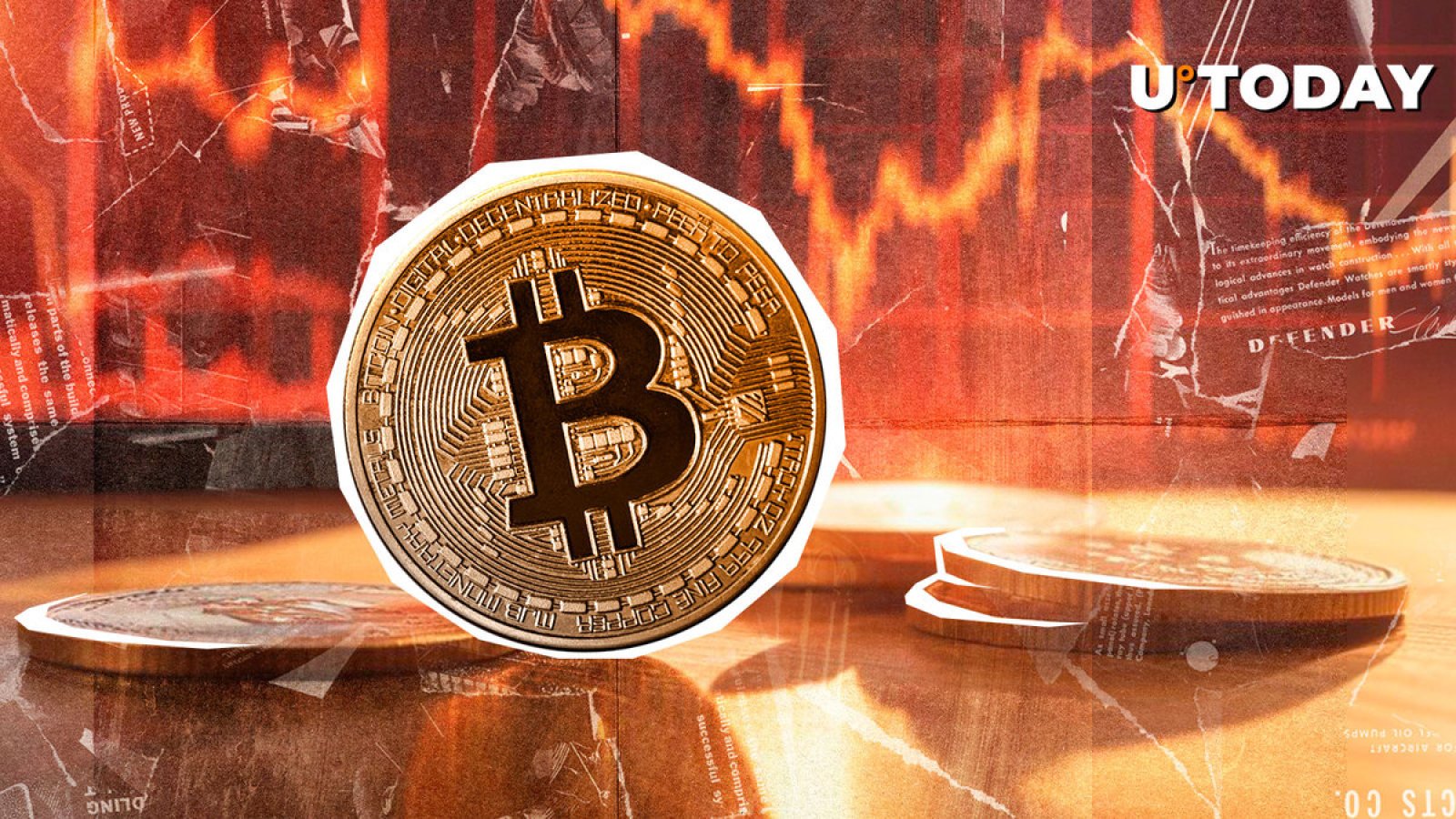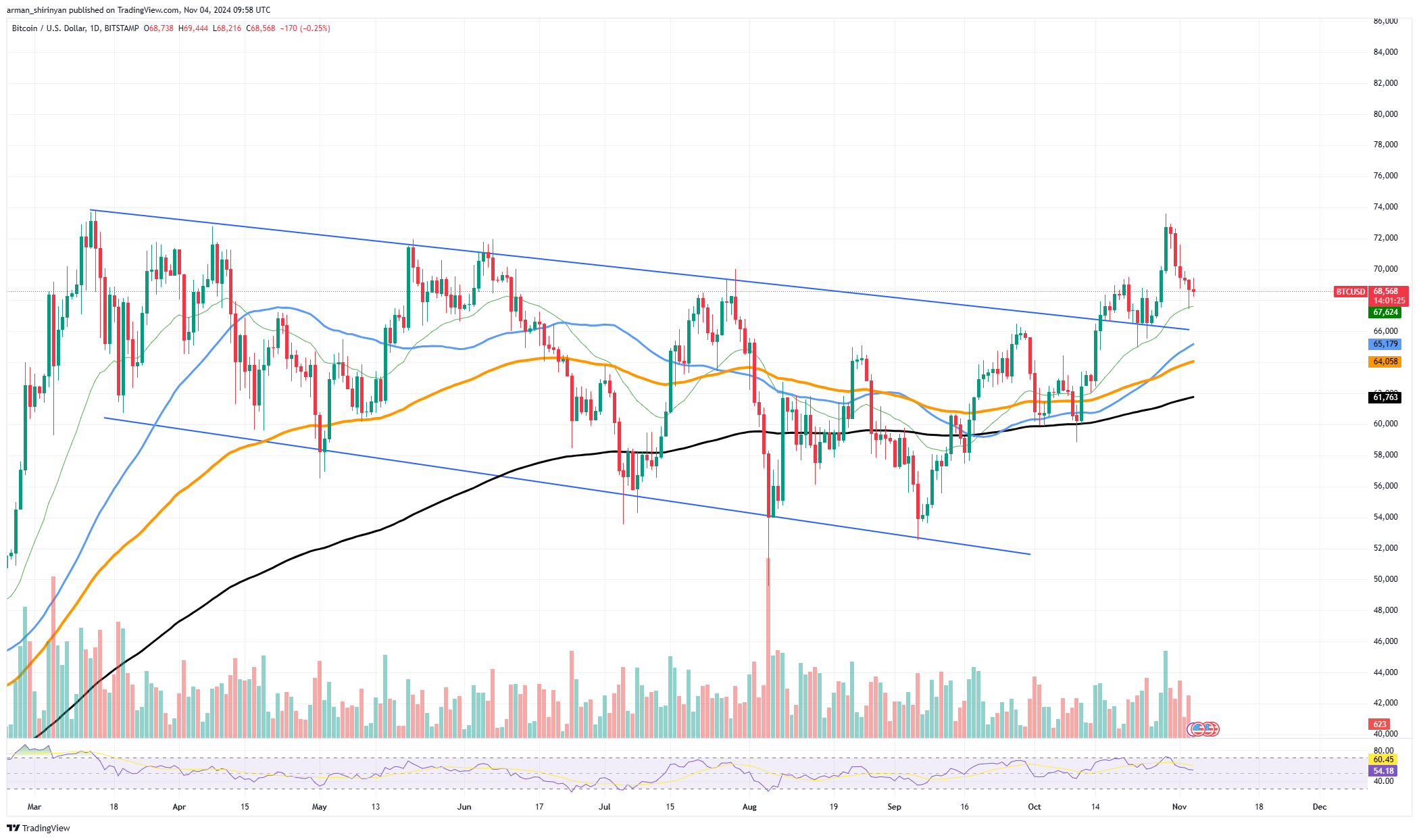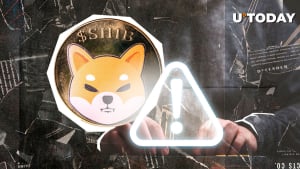
Disclaimer: The opinions expressed by our writers are their own and do not represent the views of U.Today. The financial and market information provided on U.Today is intended for informational purposes only. U.Today is not liable for any financial losses incurred while trading cryptocurrencies. Conduct your own research by contacting financial experts before making any investment decisions. We believe that all content is accurate as of the date of publication, but certain offers mentioned may no longer be available.
Open interest in Bitcoin has dropped by a substantial $2 billion, as traders prepare for possible volatility ahead of the U.S. election. This significant decline in OI indicates that participants are closing out long and short positions in an effort to prevent any unrest related to the results of political events.
Generally speaking, a decline in OI of this kind can suggest that traders are holding out, ready to enter again once the uncertainty surrounding the election passes. Another significant factor, as shown by the charts, is a decrease in whale activity. The number of significant whale transactions has significantly decreased since the Oct. 29 surge, when whales made $72,000 BTC in profits.

It is frequently misinterpreted that whale passivity will result in a decline in prices. Instead, before making any significant moves, whales may be awaiting the market’s response to the election. They frequently watch how the crowd behaves and respond strategically, allowing the responses of individual traders to set the stage for a subsequent spike in volatility. Because whales can influence market direction, historically, spikes in whale Bitcoin transactions have frequently come before price reversals. On the other hand, their passive behavior usually indicates that volatility is expected.
In essence, whales appear to be delaying major trades, perhaps in anticipation of the impact of smaller and retail traders, who might be more sensitive to the outcome of elections. Because of their wait-and-watch strategy, whales suppress volatility until a clear market reaction occurs.
Because of the predicted post-U.S.-election volatility, traders should exercise caution as there may be significant price swings in either direction. It looks like a classic calm-before-the-storm situation, with major players setting up shop to profit from any movements that might arise in response to political and economic changes. As usual, those keeping a close eye on whale activity will probably have early clues about the next move of the market.





